WW2 Turkish Tanks & AFVs
 Circa 884 tanks & Armoured Cars
Circa 884 tanks & Armoured Cars
Tanks
1x Renault FT, 2x T-26A (M1931), 64 T26B Tanks (M1933), 4 T-27, 1 T-37A, c50 Mark VI, 100 R-35, 56 Panzer IIIH/J, 15 Panzer IVG, 24 M4 Sherman, 220 M3 Stuart, 180 Valentine, 150 Mark VI light tanks, 60 Bren Carriers.AFVs
34 BA-6, 23 Daimler Dingo. Total combined: 884 AFVs.About 5,000 armored vehicles 1930-2016
1909 and the fall of the old Sultanate
By the end of the XIXth century, the Ottoman Empire was only the shadow of its former self, and a political movement led by nationalistic young officers influenced by foreign powers, the "Young Turks", which ended the Sultanate in a coup that deposed Abdul Hamid II. The irony in this is that the Sultan ordered the first armored vehicles of the Turkish Army, four Hotchkiss model 1909, which were seized en route to Istanbul (Constantinople) by the Young Turks and proved very useful in their struggle against loyalists of the Army. However, it would be years before the Turks considered using armored cars in combat (the model 1909 was only ordered to deal with rioters in the capital).The Balkan War (1912-13)
Another important episode in this troubled period, which was also partly responsible for the regional tensions leading to the assassination of Franz Joseph I and the start of ww1: The Italian-Turkish war (1911-1912) and the Balkan war (1912-13). This was before ww1, the first conflicts in which all three machine guns, planes and armored vehicles were actually used in combat.In this struggle, Greeks and Turks were opposed in Asia Minor, the Aegean sea, and Bulgaria, but also Turks and Italians in Africa. Interestingly enough, it saw the first aerial bombardment, by an Etrich Taube aircraft on November 1st, 1911 and the first engagement of armored cars, the Italian Fiat Arsenale (only 2 made). The Greeks also used some older French Charron model 1903 but the Turks seemed to not have ever used an armored car themselves.
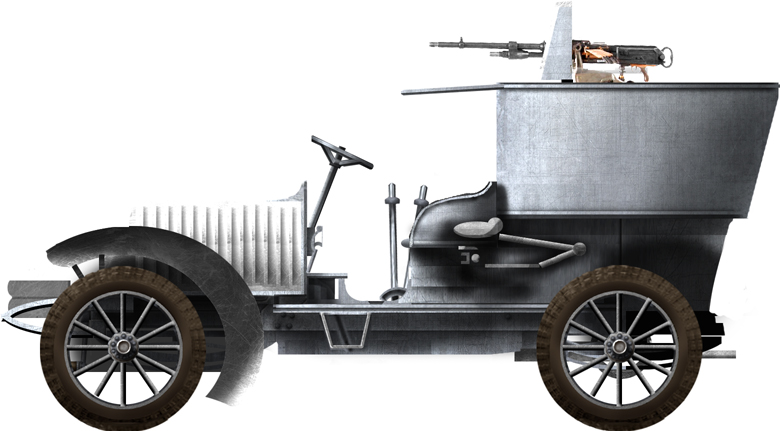
The Hotchkiss model 1909, first Turkish armored vehicle.
The Ottoman Army in ww1
At the start of the "war to end all wars", the Turkish Army, just like the German Army was organized in a classic fashion with Army corps counting infantry, cavalry and artillery, including faster horse-drawn artillery units. Mobility was quite limited as rare cars and motos were only used for liaison and dispatches. Later on, an ambulance corps was established, that the use of armored cars was never seriously considered. According to a single (dubious) source, a few German Ehrhardt were sent to Palestine, used to support Turkish operations.Before that perhaps one of the numerous automobile transport units could have been escorted by a single (repaired) British armoured car left behind after the evacuation by British Forces at Bagbag and Sidi Barrani on November 23, 1915 (Dispatches of Lieutenant-General Sir John Maxwell, June 1916 - but himself thought the vehicle was German). The use of former vehicles in action in the Caucasus is also purely conjectural. Nothing more could be added to the 1920 war of independence on this topic.
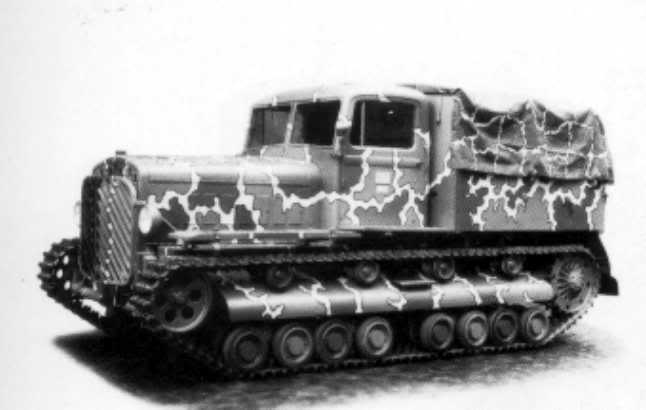
Skoda TH7 tracked artillery tractor. At the same period, the 1st armored brigade counted a mix of T-26 and BA-3/6 armored cars.
Armoured vehicles in the Interwar
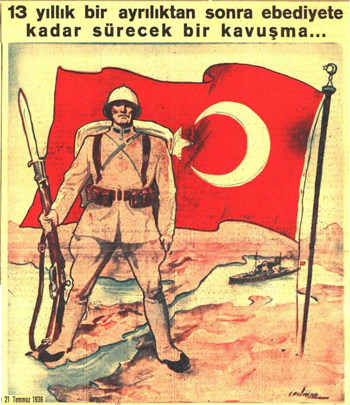 Turkey was the first country to actually purchased Soviet-built vehicles, ZiS 6x4 trucks in 1936-37, and before Bussing-Nag trucks from 1933 and Ford trucks from 1935 which constituted the core of motorized units. At least several tracked vehicles, of the Praga TH6, TH7 models were also used as tractors for heavy artillery from 1936-38.
Turkey was the first country to actually purchased Soviet-built vehicles, ZiS 6x4 trucks in 1936-37, and before Bussing-Nag trucks from 1933 and Ford trucks from 1935 which constituted the core of motorized units. At least several tracked vehicles, of the Praga TH6, TH7 models were also used as tractors for heavy artillery from 1936-38.
According to the Turkish Wikipedia and defense magazine "Savunma ve Havacılık sy. 2000-05, sa.82/83, a few Renault FT were purchased in 1928 to be given to the Infantry Gunnery School in Maltepe/Istanbul for evaluation and training. By 1932, several T-26 and T-27 Tanks were also purchased and eventually, the first armored battalion ("Tank Taburu") was established in 1934 in Luleburgaz, under the command of major Tahsin Yazici.
Apparently, an order was passed for 60 Soviet T-26 model 1933 (two twin-turreted T-26 mod. 1931 were also presented) which formed the 102nd and the 103rd Companies, and 34 (or 60) Soviet BA-6 which formed the 2nd Cavalry Division. It was followed by the formation of an armoured brigade in 1937, and eventually, this formed the base of the foundation of the first armoured regiment (1. Zirhli Alayi), still at Lüleburgaz in 1940, while 100 Renault (FTs or R35 depending on the sources) were ordered from France, as well as 16 Vickers light Tanks Mark 6B, added to the already existing Soviet tanks and ACs.
One Soviet T-37A amphibious light tank was also supplied to Türkiye in 1934 and it was labelled, from poor quality photos available by some authors as the indigenously-designed "MKE Kırıkkale M-1943". Turkey never built any proper national AFV before the 1950s, by creating an APC called the Cemal Tural, a single prototype based on the M24 Chaffee derived M19 MGMC chassis, whiuch engine was front-mounted. The Turkish industries would really start to built its own designs by the 1990s.
Anyway, it's the will of the USSR to mark and extend its influence beyond its border which brought the idea of giving up tanks to the ill-equipped Turkish forces. After all, Istambul trapped the Soviet black sea fleet via the Bosporus. First these were two T-26 Model 1931 (twin turrets) and four T-27 tankettes, plus several trucks and motorcycles, all in 1932. This generosity was well repaid as Turkey ordered in 1934 no less than sixty-four T-26 Model 1933 (all gun armed single turret) plus one T-37A (later causing much confusion) and thirty-four BA-3 armoured cars, so roughly one armoured car for two tanks, the latter being used as scouts for the others.
While entering service, the T-26s were all assigned the newly created 1st Tank Regiment, 2nd Cavalry Division in Lüleburgaz, close to Greece, the arch-enemy. But to not loose influence other players joined in and Britain proposed at a lower budget its Vickers Mk VI light tanks (unknown numbers) while France proposed and sent no less than 100 French Renault R-35s arriving by 1940. But they all came with a low pressure 37mm short-barrel APX gun making them more appropriate for infantry (2nd TR), while the fulcrum 45mm armed T-26s would remain. That is until Britain sent Valentine tanks in 1941. In 1928 already, France proposed the FT tank, a unique model donate, hoping some sells behind, which never materialized.
The 1st Tank Regiment comprised the 102nd and 103rd Tank Divisions, plus a Reserve Division. BA-3s went with the 1st and 2nd Armoured Car Divisions. The two T-26 Model 1931 and four T-27s constituted a Mixed Tank Company for training and to familiarise infantry with tanks. Thus remained valid until 1943. The Turkish army was never convinced of the T-37A usefulness and ordered none. It seems the T-27s were retired in 1943. Indeed at the time, the allies and Germany were both providing brand new tanks, see below.
Turkish AFVs in ww2
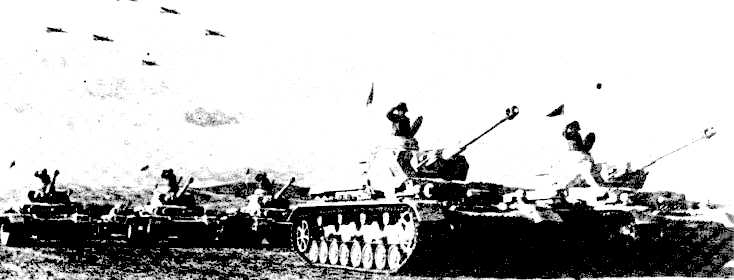
Although Turkey remains neutral in ww2, it was courted either by the two neighboring European superpowers of the time, Nazi Germany (then with a solid foothold in Africa and strong presence in the Balkans) and USSR. In 1942, the 1st Armoured regiment was relocated to Davutpasa Barracks in Istanbul. By March to May 1943 the Germans tried to incite Turkey to attack USSR and delivered by order from Hitler 56 Panzer III Ausf.J/H (model armed with a 50 mm gun) and 15 Panzer IV Ausf G. But Turkish authorities did not make any promises. These tanks formed the 6th Tank Regiment (Ankara). At the same time were retired and replaced all T-26s now considered worn out, in poor general condition further exacerbated by the lack of spare parts.
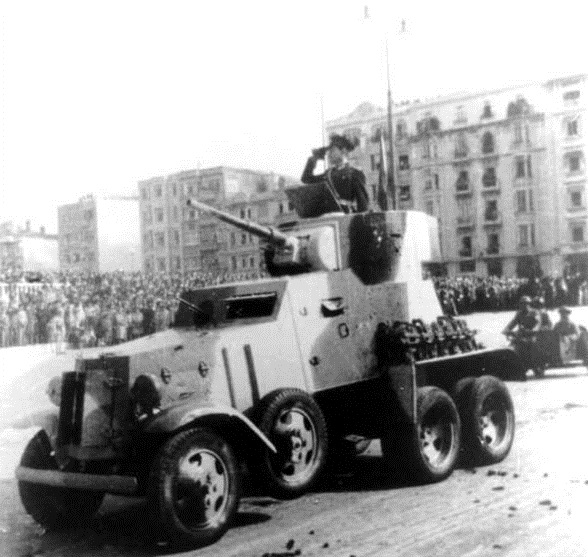
BA-6 in parade at Ankara
By late 1943, two new brigades were funded in Nigde and Selimiye Barracks (Istanbul) while the 1st was renamed 3rd Armoured Brigade and was equipped with allied tanks. At that time, the allies tried to drag Turkey on their side, allowing them were to be re-equipped with 25 M4 Sherman, 220 M3 Stuart tanks from the US, and 180 Valentine, 150 MK 6 light tanks and 60 Bren carriers from UK. Opening an alternative lend-lease supply road to USSR was also a strong consideration as well as containing a possible extension of the German (and later Soviet) influence in the region. Eventually, these mixed tanks formed the basis for the 3rd Armored Division in 1944, based in Istanbul (1st and 6th Regiments). This unit comprised T3 and T4 tanks (Renamed Panzer III/IVs) and was allocated a recce battalion equipped with a company of 23 Daimler Dingos.
Links/Src
T-26 B Seyyar Çelik Kale - Abdullah Turhal, Dstil Tasarım - FNSS Savunma Sistemleri, 2013oryxspioenkop.com Turkish Soviet tanks
militaryimages.net
THE TURKISH ARMED FORCES ON THE EVE OF THE SECOND WORLD WAR: The British View, Brock Millman
members.tripod.com Middle East WW2 armies
On ww2talk.com
militaryfactory.com
About the Cemal Tural APC prototype
Turkish Pz. III/IV Oryx
Turkish Militaria interwar, WW2 Turkey and Britain in World War II: Origins and Results of the Tripartite Alliance, 1935-40 William Hale
Models
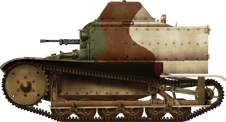
T-27 in Turkish camouflage, 1933 manoeuvers
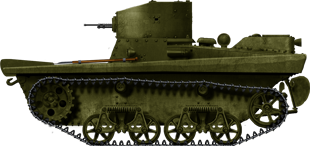
T-37A, a single was delivered for trials
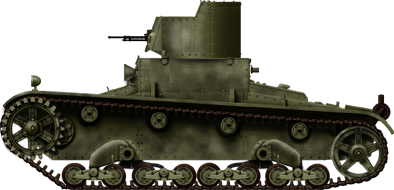
Two T-26A (model 1931) twin turrets, used for training after 1933.
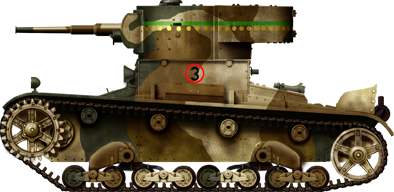
T-26B, model 1933 training at Ankara 1938
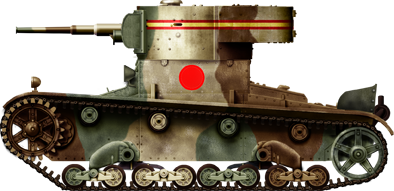
Commander T-26B tank in 1938
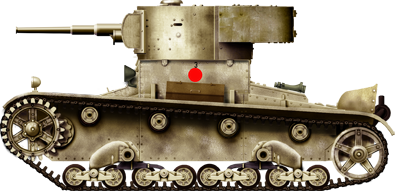
Same, with a desert livery.
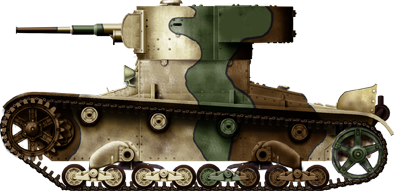
T-26B in Istambul, 1941. Not the old style camouflage.
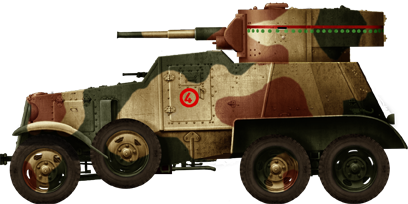
BA-6 stationed in Thrace, 1940
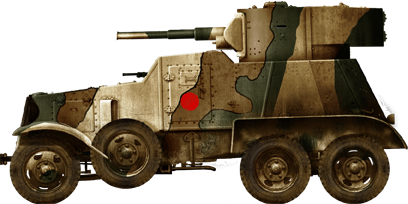
Same, other livery.
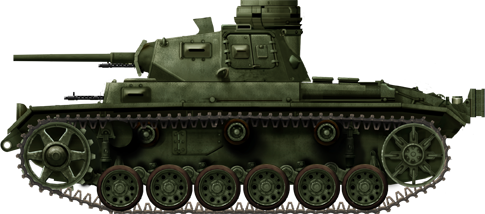
Turkish T3 (Panzer IIIH), 1943
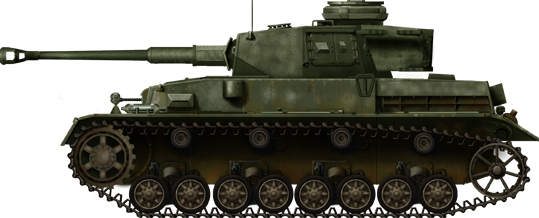
Turkish T4 (Panzer IVG), May 1943
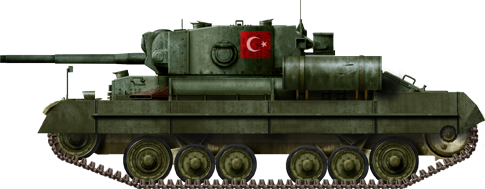
Infantry Tank, Valentine Mark IX, 1944.

T26s in parade, Thrace manoeuvers, 1938
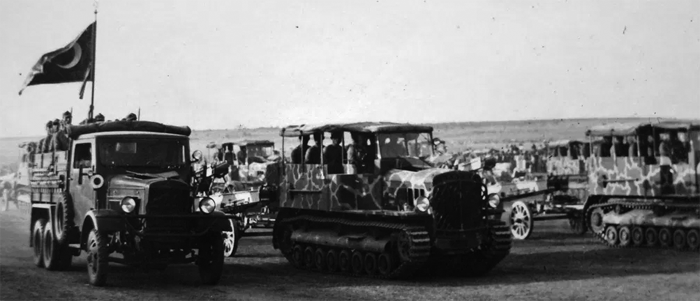
Thrace 1938 parade, Artilleyr towed by Skoda TH7 tractors
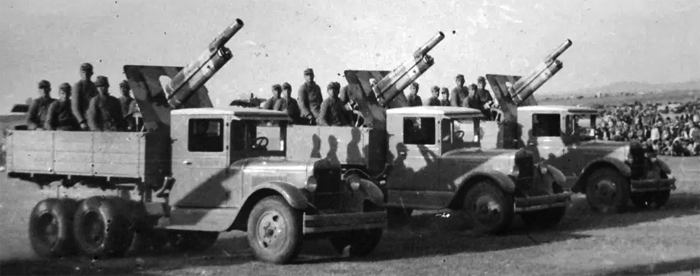
ZIS-6 used as artillery carrier
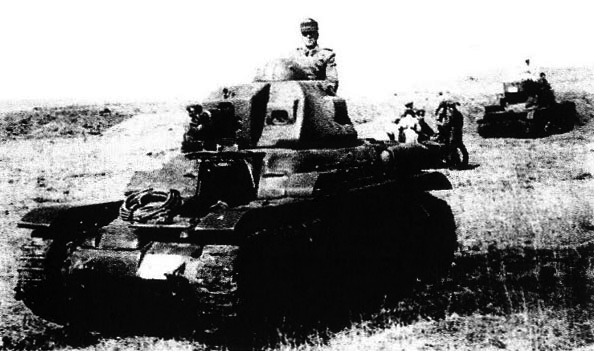
Turkish R-35. It's not certain that all of the 100 ordered arrived in 1940.
Photo from archive of Cengiz Söğütlü coll via militaryimages.net



































































